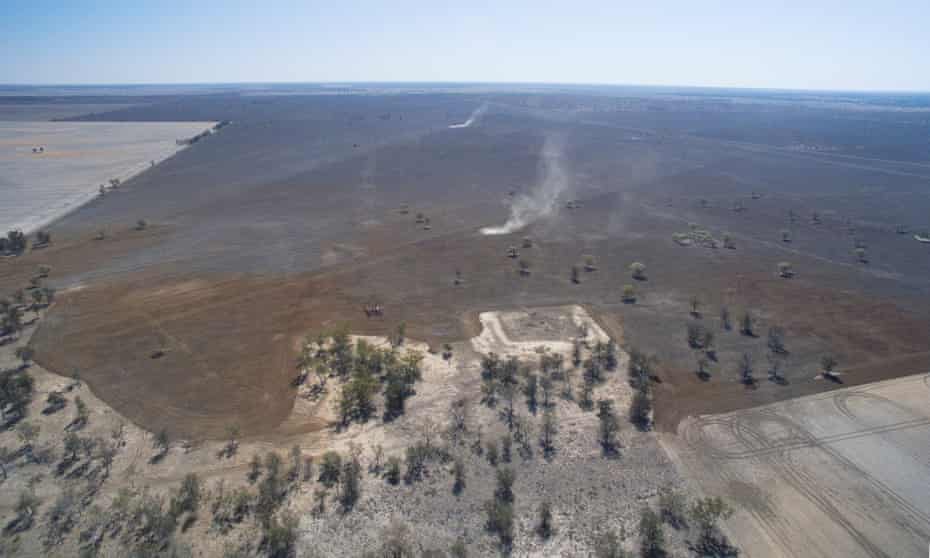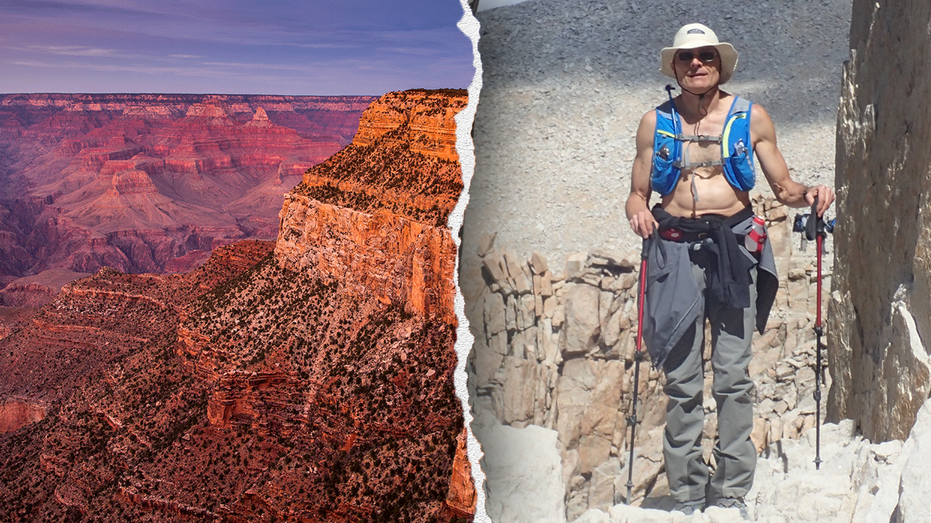- by foxnews
- 23 May 2025
Australia's emissions from land clearing likely far higher than claimed, analysis indicates - The Guardian
Australia's emissions from land clearing likely far higher than claimed, analysis indicates - The Guardian

How countries have treated emissions from the land sector - clumsily known as Land Use, Land Use Change and Forestry (LuluCF) - has been contentious for decades, partly because of the challenges of accurately measuring and monitoring what can be subtle changes in vegetation even between seasons and periods of drought and wet spells.
Deforestation has featured at Cop26 the climate summit in Glasgow, with Australia among the 105 nations to sign a pledge to reduce forest loss by 2030.
Accounting rules agreed to under the UN framework convention on climate change help countries minimise loss of their forests. Under those rules, tree crown cover needs to amount for only 10% to 30% of an area of less than one hectare for it to be treated as a forest. Australia takes the mid-point of the range at 20%.
Taylor and other researchers said even 20% coverage could be understating actual clearing because the models used are less accurate than the Slats detection used by Queensland and other states, including NSW.
Don Butler, an ecologist formerly at the Queensland Herbarium and now a professor at ANU, worked with the Slats program for years. He said NCAS used Landsat imagery at 25m to detect vegetation and alterations, while Slats used 10m pixels.
Reports at the time estimated Queensland landholders were clearing 10 sq km a day in 2015-16. The environment minister, Steven Miles, estimated carbon emissions at 45m tonnes over that year.
Phinn, Butler and other researchers do not suggest there is any intent by NCAS to mislead on emissions, but stress the need for more transparency.
Martine Maron, professor of environmental management at the University of Queensland, said the complexity of the processes was one reason emissions from land clearing had not drawn as much public scrutiny.
Butler said there were reasons to question the accounting even after recent revisions, including the increasing area assessed to be regrowth on previously cleared land.
Phinn and Butler said space-based remote sensing was rapidly advancing and systems would soon be available that more precisely detected height and density of vegetation, so that regrowth of grass, for instance, was not treated as if it were more woody plants. Whether governments use the technology to adjust and even reinterpret past data is another matter.
With the land sector also accounting for more than 60% of Australian carbon credits and more than three-quarters of contracted abatement under the ERF, potentially billions of dollars of offsets and sequestration claims are riding on good data.
Will Steffen, a researcher at ANU, helped advise the Labor government under Julia Gillard on how to nudge companies to reduce their emissions rather than rely on offsets to do their work.
- by foxnews
- descember 09, 2016
United Airlines flight returns to Hawaii after concerning message found on bathroom mirror; FBI investigating
United Airlines Flight 1169 to Los Angeles returned to Hawaii after a "potential security concern" aboard the plane. The FBI and police are investigating.
read more


